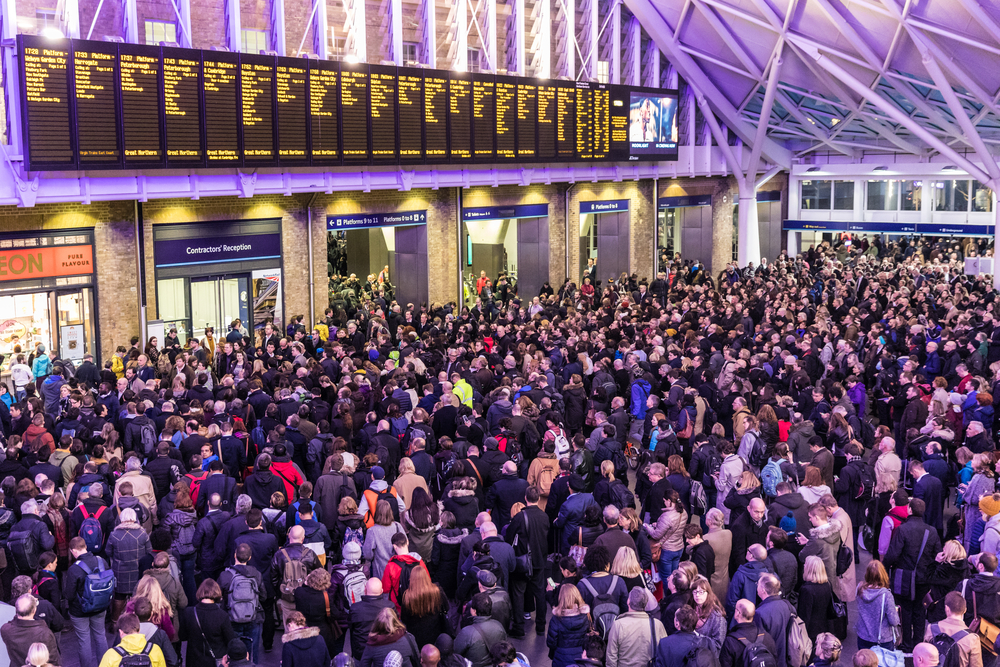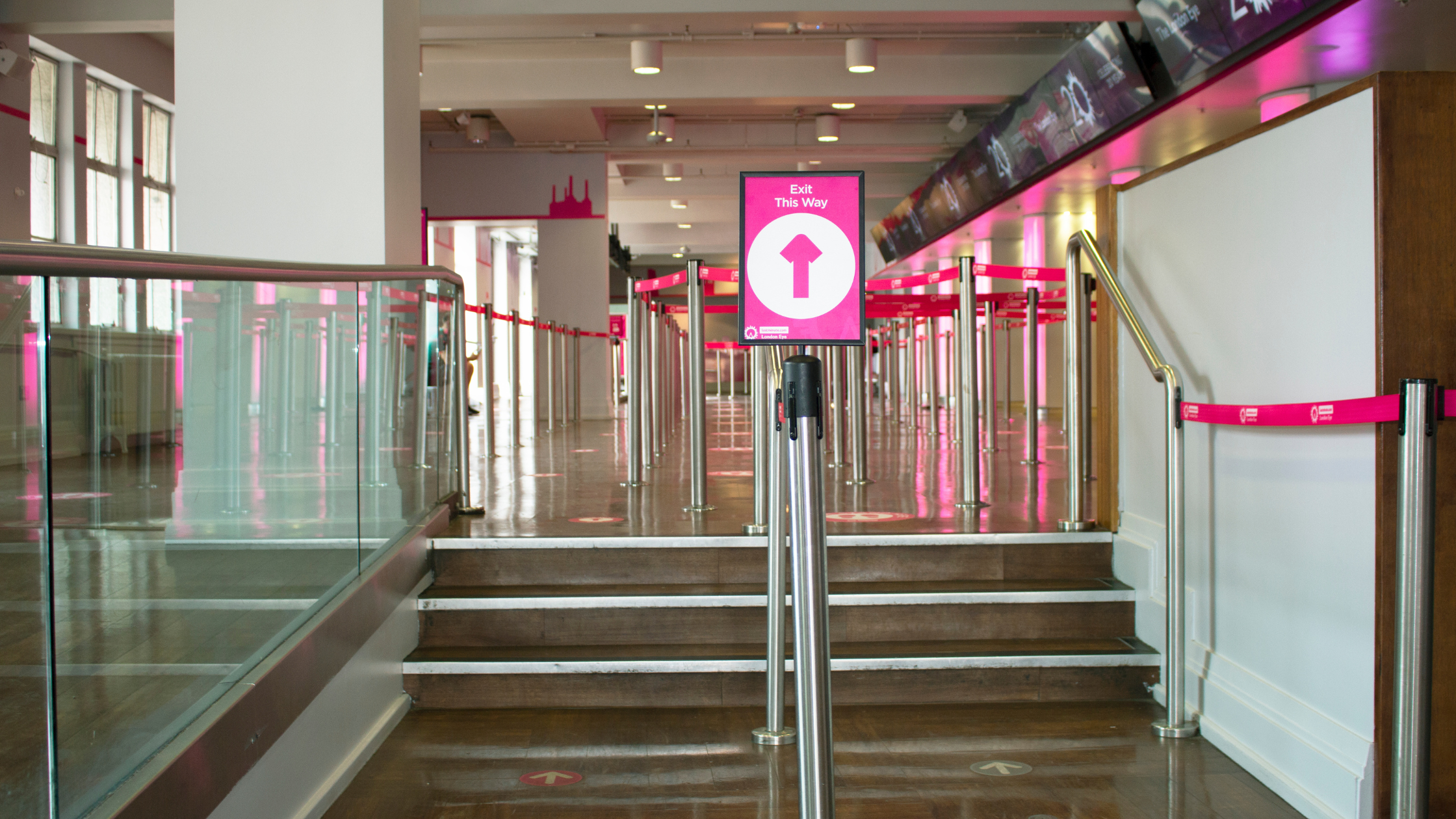- Home
- Sectors
- Solutions
- Tensabarrier®
- Tensamedia® Wayfinding and Signage
- Lawrence® Post & Rope
- Tensator® Airport Passenger Guidance System
- Electronic Queuing – eQ™
- Tensaguide® Modular Barrier System
- Tensator Micam Protection – TMP
- Safety Solutions
- Access Control
- In-Queue Merchandising
- Virtual Queuing – VQMS
- Tensator® Virtual Assistant
- Custom & Bespoke Solutions
- Resources
- About
- Contact Us
- Shop
 English (English)
English (English)
27
Sep

In the last year, passenger rail journeys in the UK reached 1.759 billion. The government’s Office of Rail and Road reports that this is a ‘record high’. With numbers like these, how can you manage passengers to make your station safer, more efficient, and ready to cope with demand?
The rise in rail usage looks set to continue. According to a Government Office for Science report, there is ‘strong evidence for a generational shift by millennials away from car-ownership .. to the use of public transport and urban living’.
In 2018-19, three of the UK’s four largest operators (accounting for over 50% of UK journeys) reported an increase in passenger journeys. Revenue also grew to its highest level since 2015. Despite a clear incentive to retain customers, this means increasing pressure on the rail transport system. Operators are already gaining criticism for poor service, with one UK operator receiving a record-breaking fine of £5 million this year.
In stations, it’s vital to have solid plans for passenger management, helping to troubleshoot problems, decrease complaints and retain customers. Read on for three ways you can increase throughput and improve efficiency in your railway station.
1. Plan for passengers to move safely
The speed of movement in a station can change dramatically. One minute, passengers are static or moving slowly to browse concession stands or information boards. The next, a late arrival is sprinting to catch the train doors.
One key to improving safety is to look carefully at your venue, observing how people move through it. In general, you will have planned for a smooth flow of movement around your station. There will also be areas to improve (like the ticket barriers) that create unavoidable bottlenecks.
You probably already have a good idea where you need to improve passenger management: which places people most want to go and where they speed up and slow down. On their route, make sure they can move quickly and without obstacles:
- Accidents could bring heavy fines and damage your reputation, so are you doing everything necessary to prevent avoidable slips and trips?
- Do you react quickly to deal with spills, leaks or other repairs that could impact passenger movement?
- Limit access to bottleneck areas to prevent overcrowding, which could become dangerous.
Next, think about how you direct passengers. The law requires you to make safety routes and exits clear, but could you do more to make finding popular locations easy e.g. ticket machines, toilets or onward transport? ‘Wayfinding’ products and signage will help keep passengers moving and – if you use the right method – avoid tying up members of staff. Printed arrows on barrier webbing is just one simple way to direct the flow.
There’s also a need for safety information and warnings. Some passengers take dangerous risks in stations, such as trying to open departing train doors or running up escalators. There are plenty of safety solutions you can use to warn them of dangers in different situations. One example is high-visibility safety posts featuring chevron webbing; these alert visitors to a hazard as well as creating a physical roadblock.
2. Understand how to manage your crowd types
Anyone in the rail industry will be familiar with media images of huge crowds lining platforms. The reality is much more complex, broken down into different types of events that make knowing how to deal with large numbers a necessity.
There are two types of crowding – planned and unplanned. Your station will need to be able to handle both. There are day-to-day challenges like peak times, but other events require you to adapt: oversold services, delays, cancellations, major planned service alterations and engineering work. Similarly fire alarms and other evacuations mean you have to clear out certain areas completely.
Station space can be at a premium, with increasing pressure to rent more of your floor plan to retailers. When looking at your venue, ask if it is laid out as well as possible to accommodate large numbers who aren’t moving. Take a look at the following scenarios:
- It can often be that you have large numbers of people static in a (fairly) limited space. They’re waiting rather than queueing, so can you fit them in safely? Have you minimised obstructions to keep large areas clear? Are entrances and exits unobstructed? Do you need barriers or other products to lead people away from fixtures (such as ticket machines and their queue lines)?
- If you can’t fit everyone in safely, you’ll need to have a plan in place for overflow situations. If platforms are full or unsafe, for example, you’ll need to arrange queueing outside the station itself. Plan where passengers will wait and how you’ll mark out the waiting area.
Solutions such as ShortcutQ will help you adapt as numbers ebb and flow. This barrier system with manual gates lets you change the layout of a queuing area with a longer queueing pattern for busy times. Gates can be easily pushed open to speed up movement when numbers fall (or in emergencies).
3. Pick out products that help keep the station efficient
The right passenger management solutions can make your life a lot easier! Well-designed tools let you adapt your space to meet changing needs. Like ShortcutQ, wall-mounted barriers let you change your queue layout as numbers (or situations) demand. Simply retract them when they’re not needed.
Tensabarrier® is one of our top-selling products and the safest retractable barrier on the market. Like many Tensator products, it’s highly customisable. Colour-coded barriers can be used to mark out lanes and routes. You can also print warnings on customised webbing. The barrier then does ‘double duty’, acting as both information and barrier.
You could also choose a magnetic base for your Tensabarrier®. This makes the barrier harder to knock over than a free-standing one. Floorplates clearly mark out the queue layout and the posts can be placed quickly (a locating mechanism built into the base saves time).
Sturdy telescopic posts with signage holders can be seen above the heads of crowds. Passengers don’t need to ask staff members if the information they want is at hand and easy to find. Cafe banners are another eye-catching option (also great for merchandising, in areas where you actually want passengers to slow down).
The right passenger management solutions can also speed up queue waiting times. Tensator’s eQ™ Electronic Call Forward system indicates the next available till or service desk, keeping queues moving by removing possible confusion. It has been shown to reduce waiting times by 30% and to increase profitability by up to 96%.
To help increase efficiency even more, don’t forget to ask your visitors for their opinion. Tensator’s Ozone tool helps collect that all-important passenger feedback, which they send on their own devices. It means you can collect real-time responses and divert complaints that could otherwise end up on social media. Messages can be sent straight to relevant managers, allowing you to act on problems with greater speed.
Want to find out more about enhancing safety, efficiency, passenger management and crowd control in your station? Get in touch with a Tensator consultant or download our Tensabarrier brochure.




